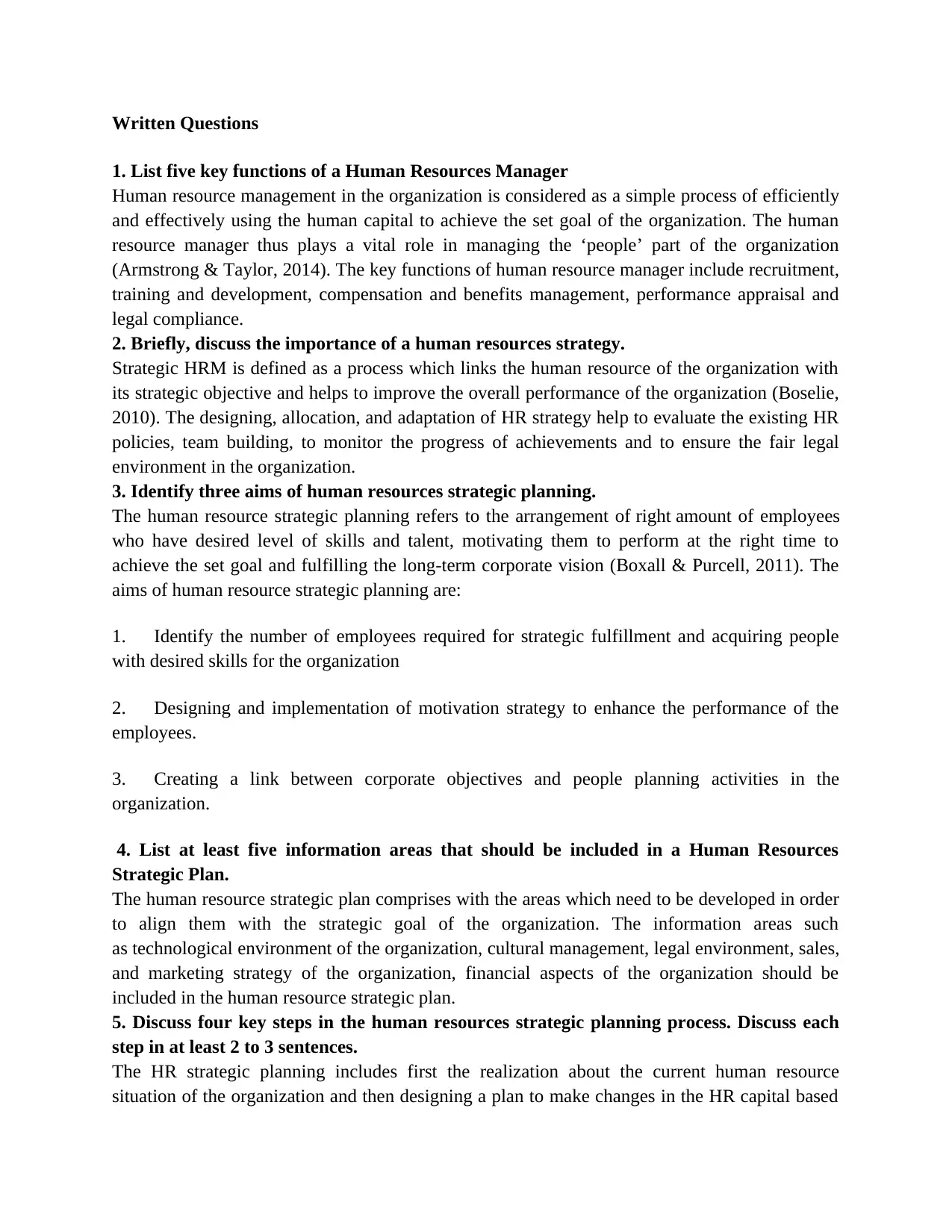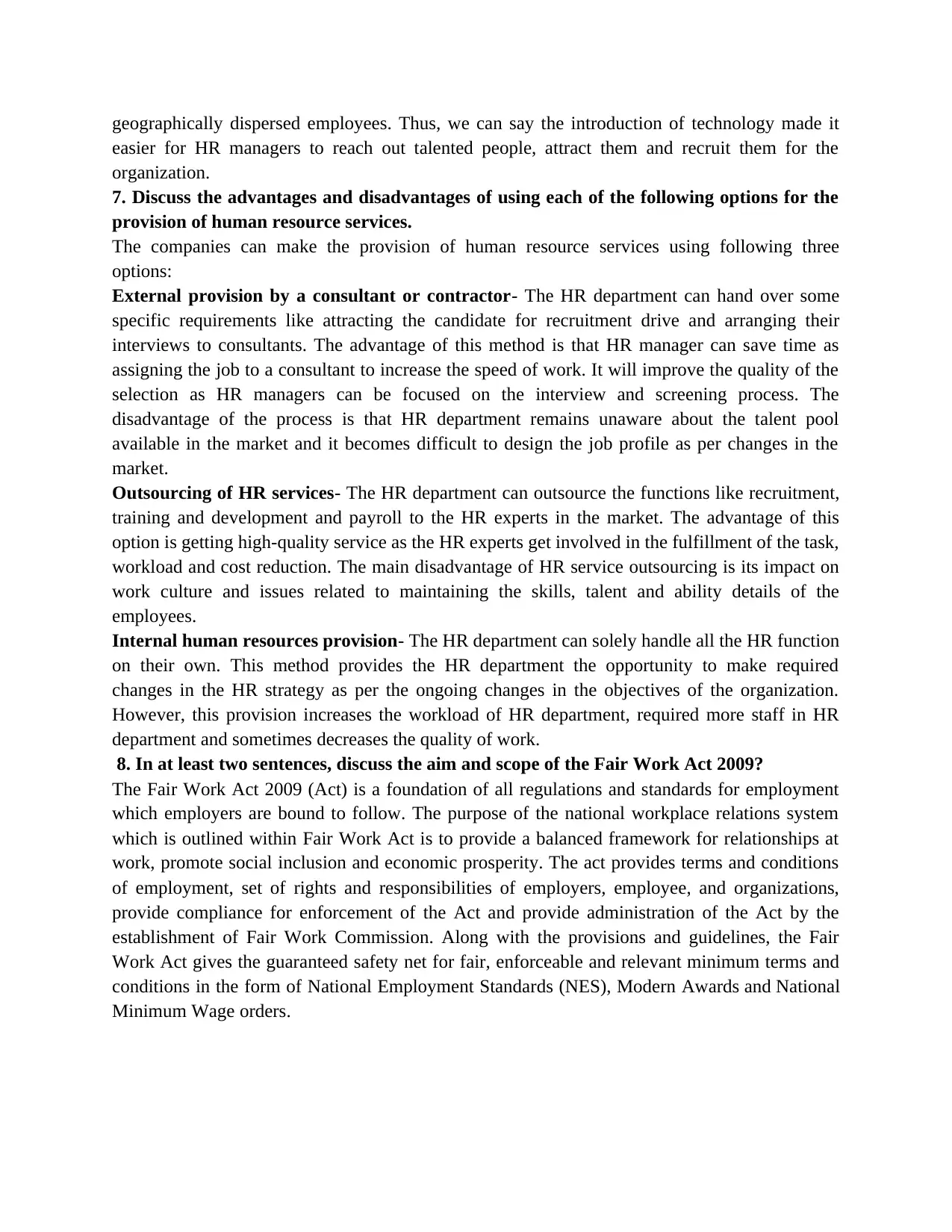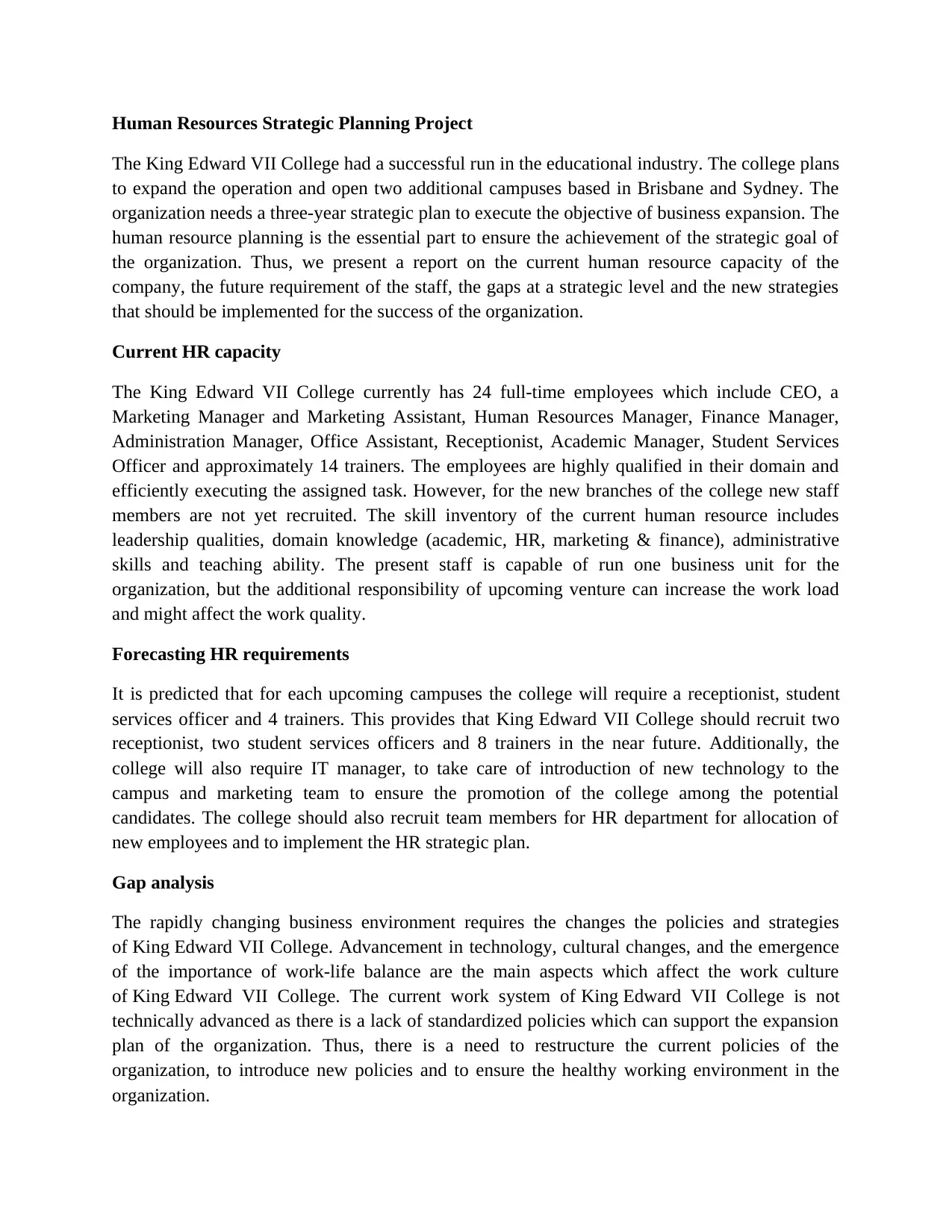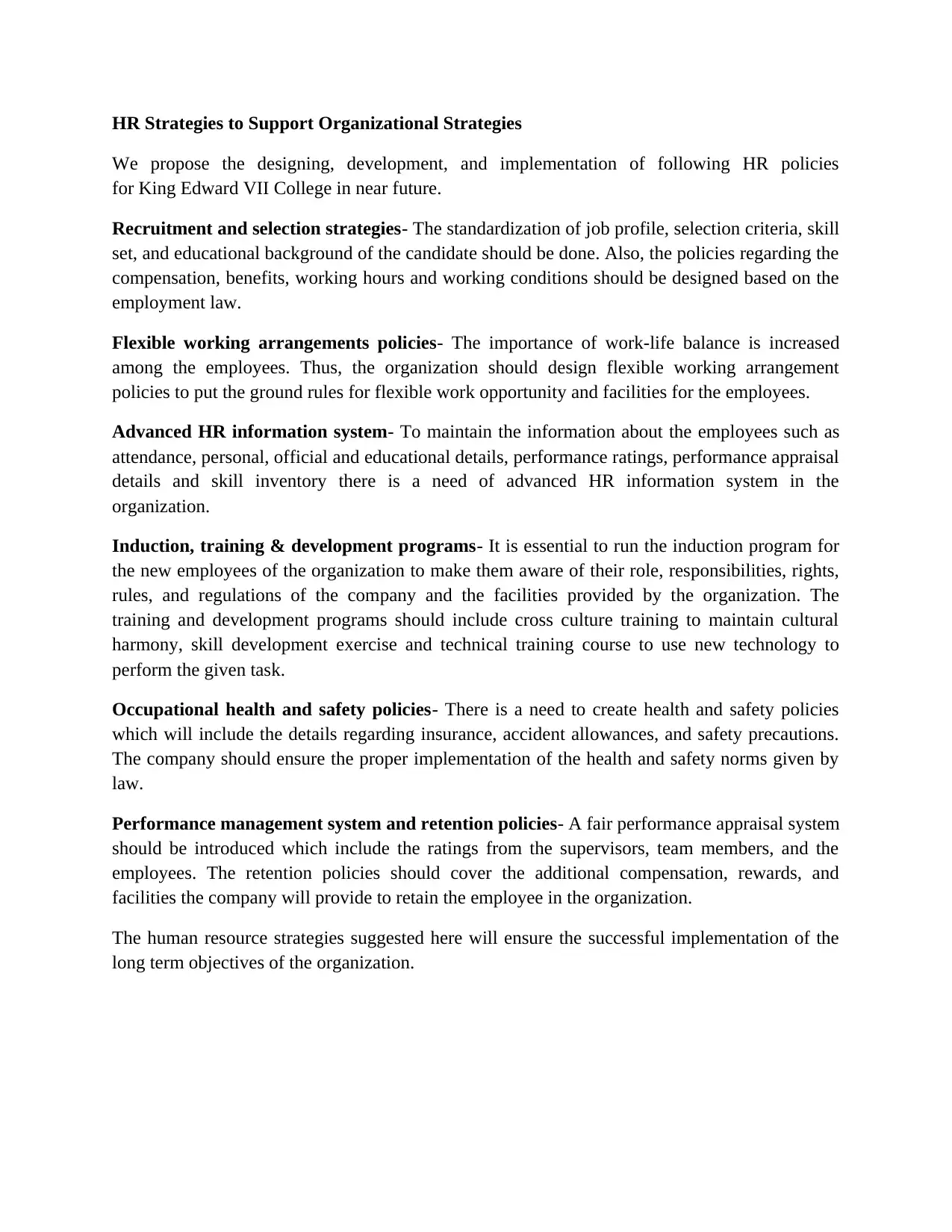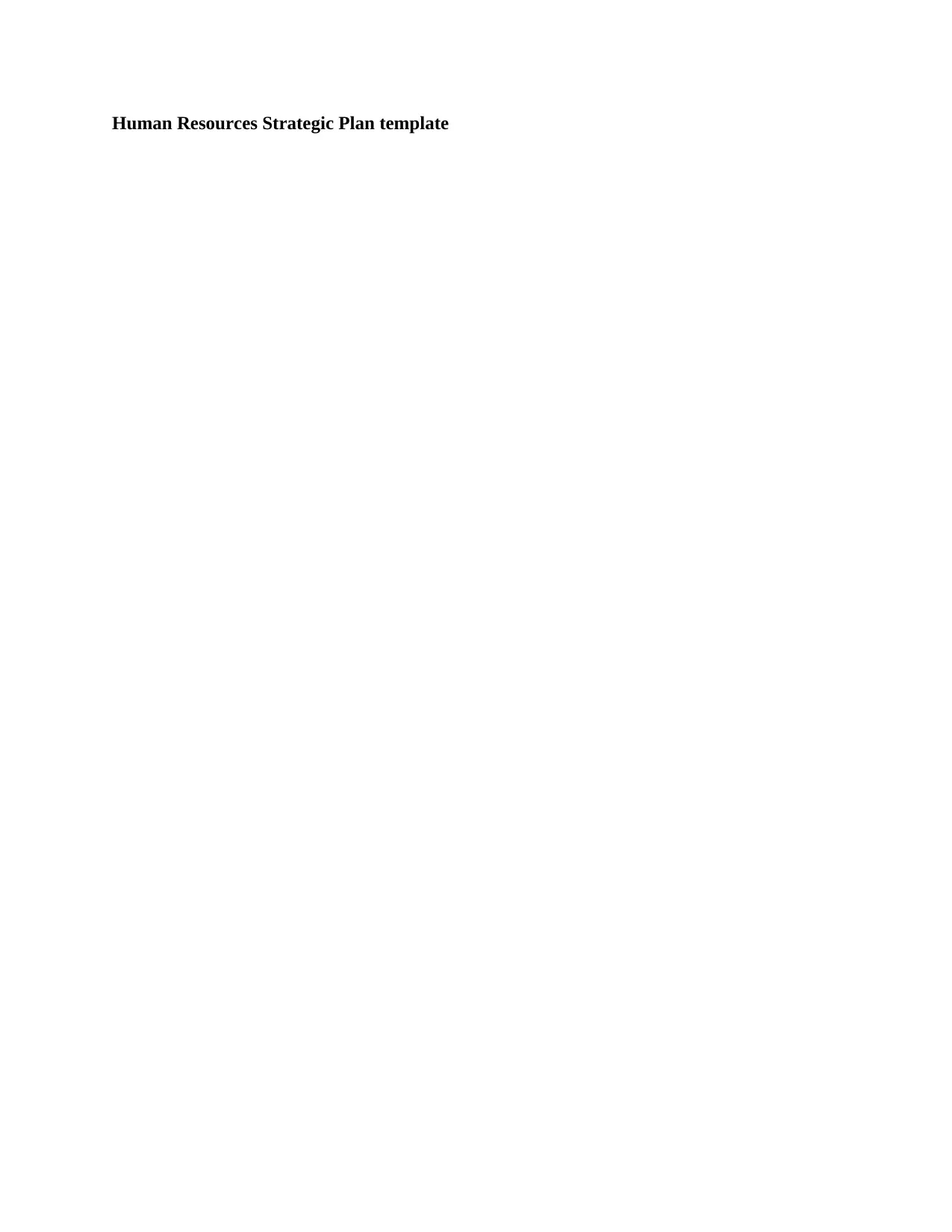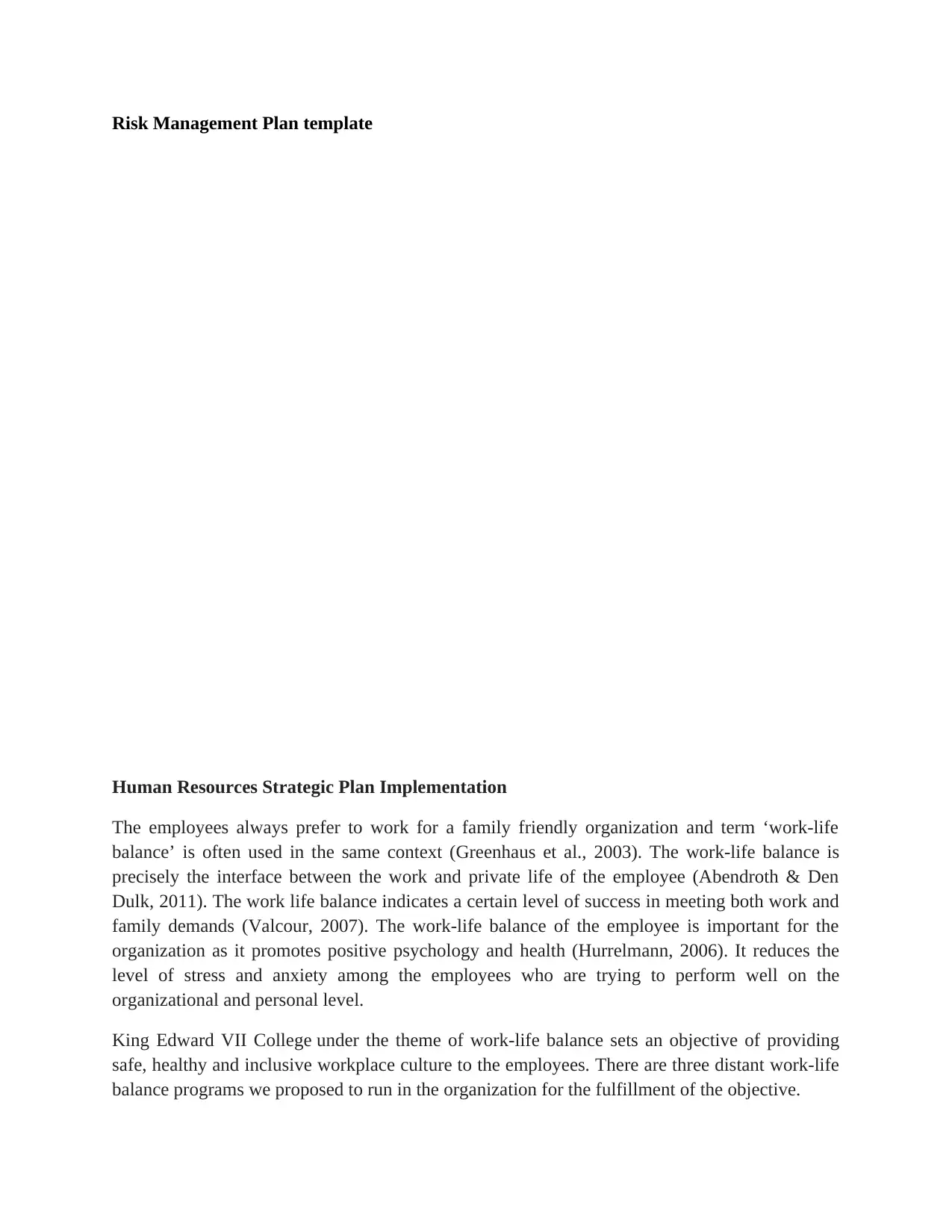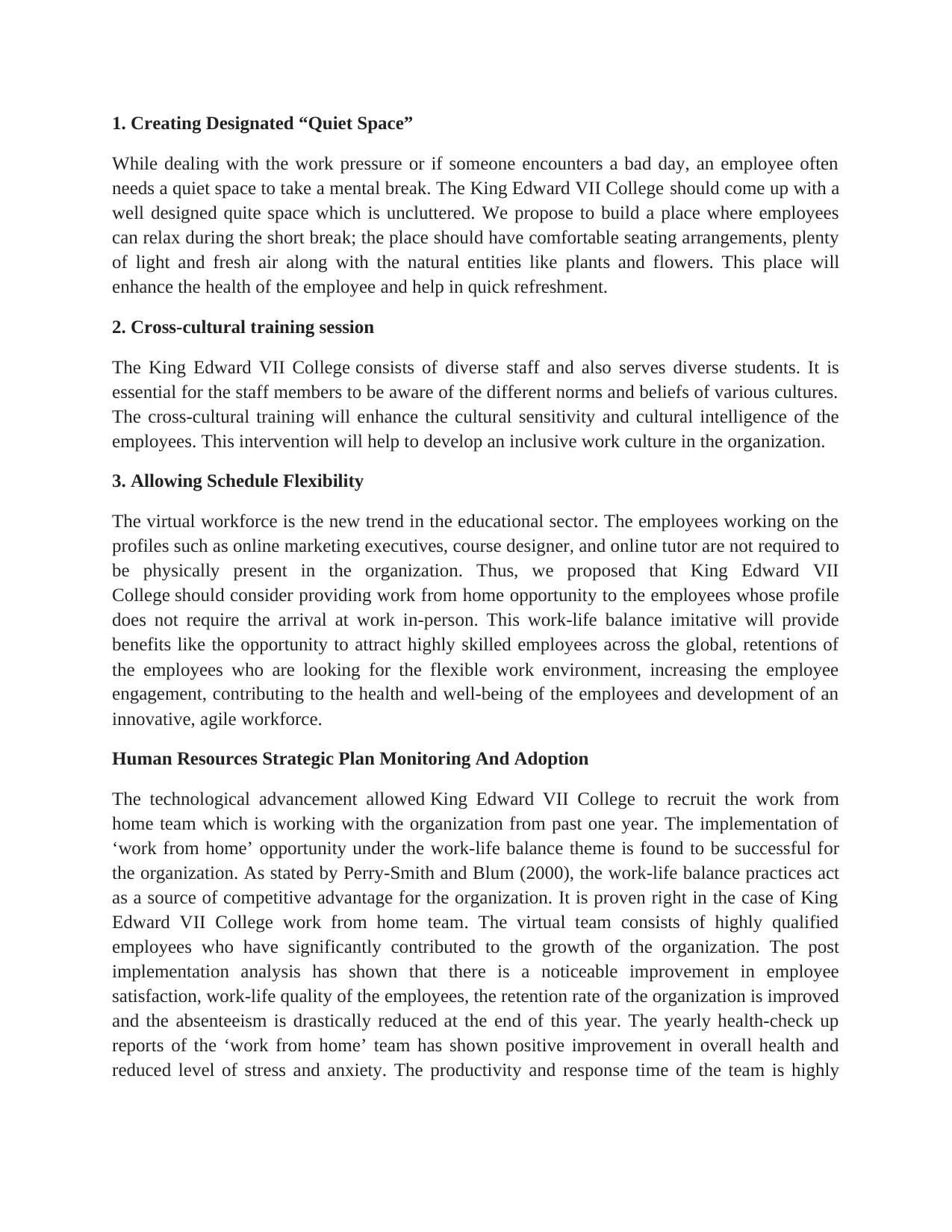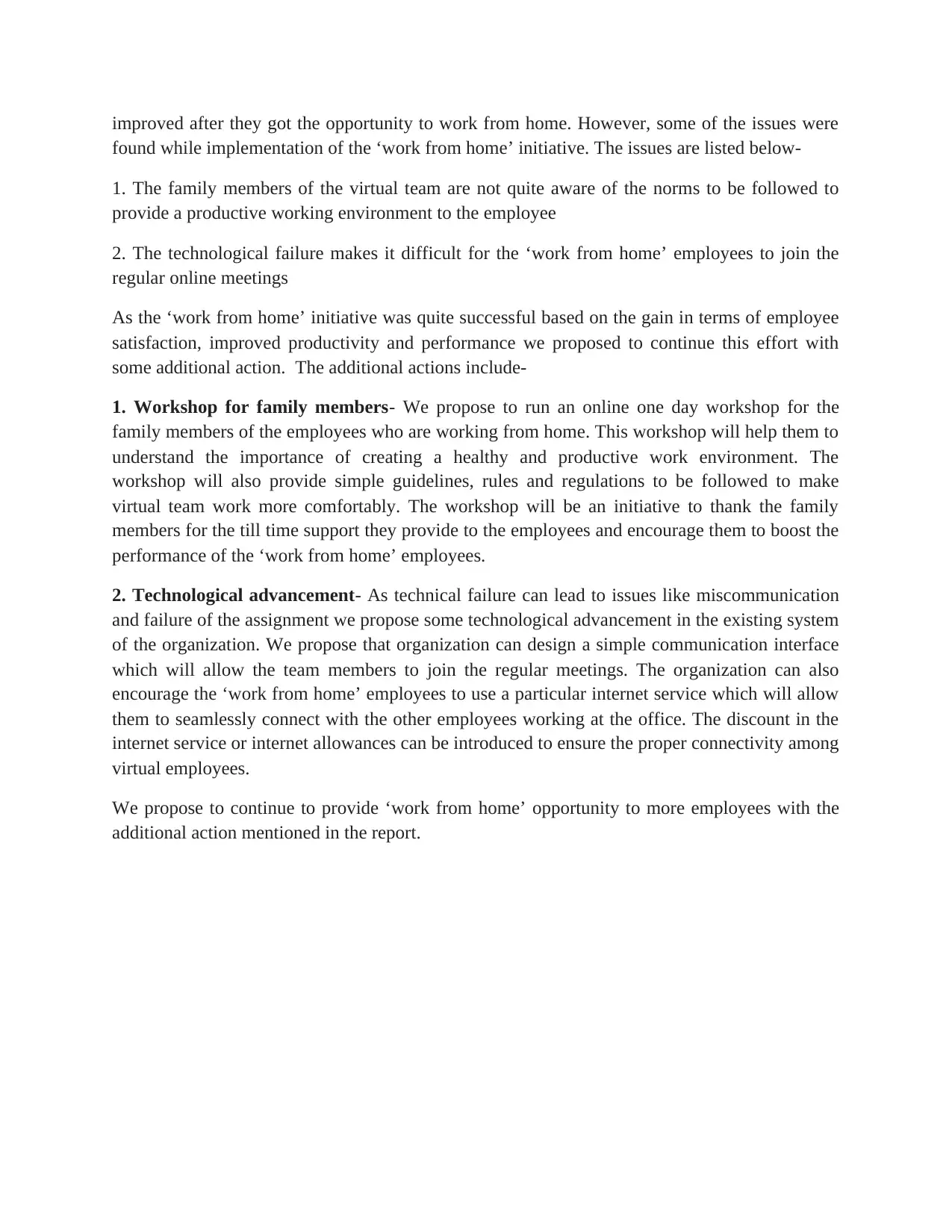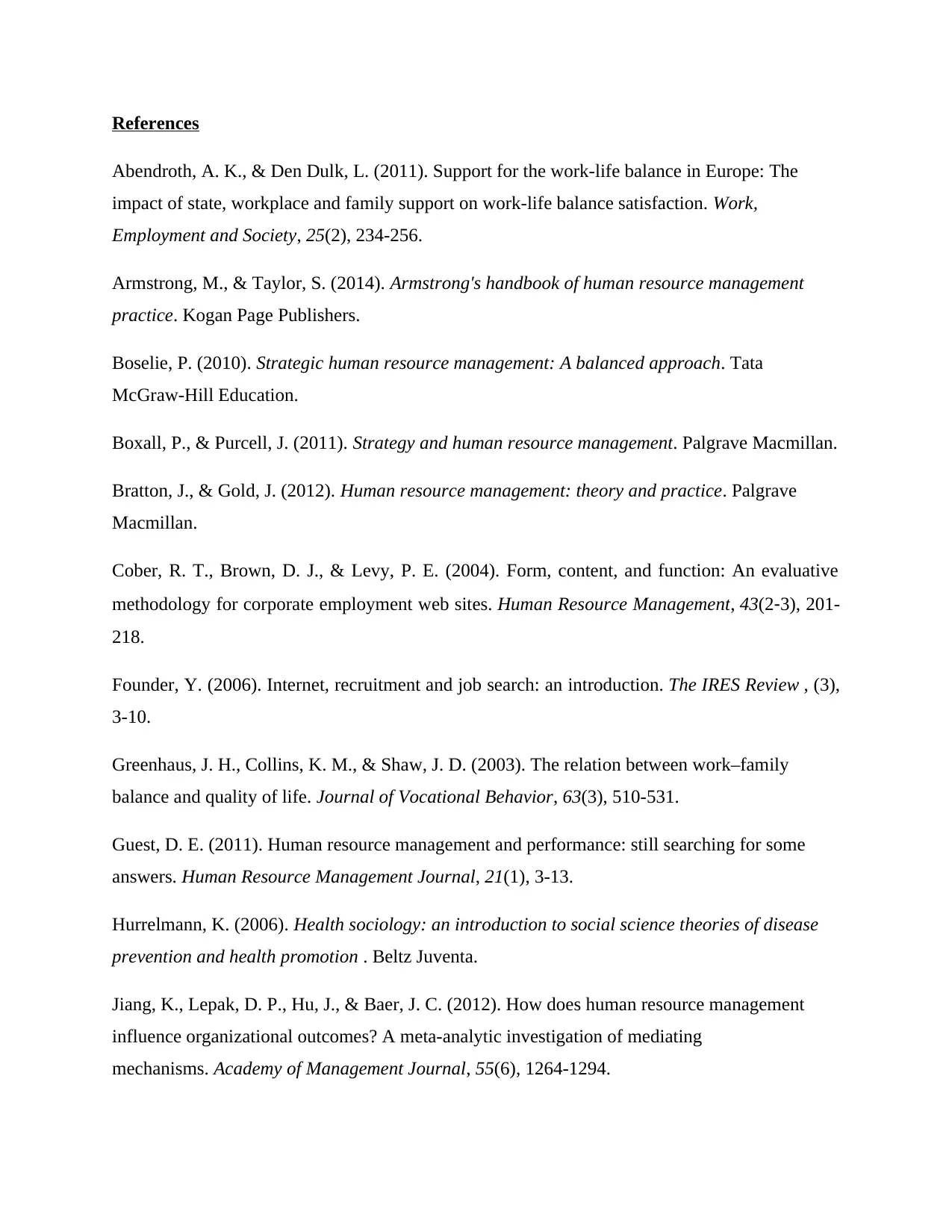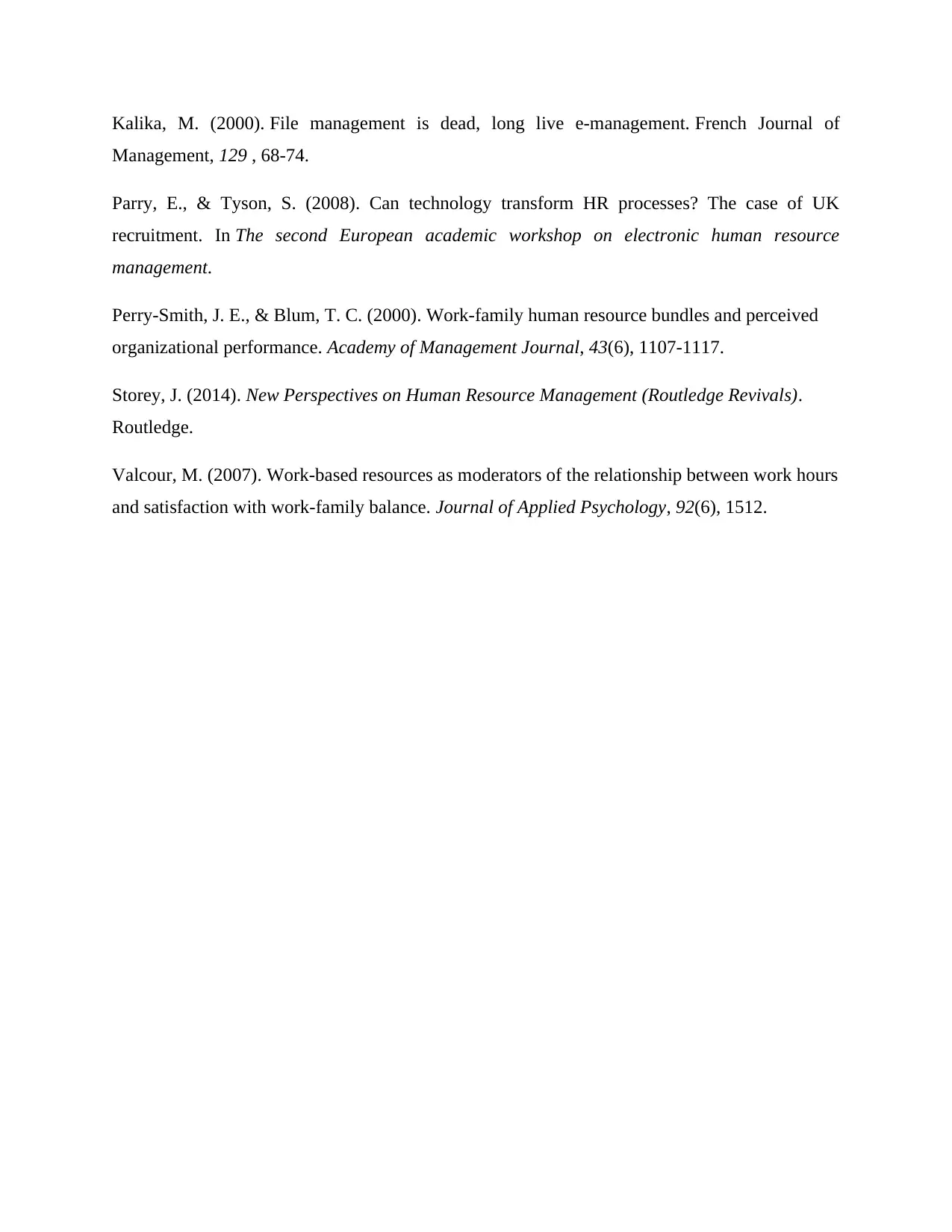The King Edward VII College aims to enhance employee health and provide a quick refreshment by incorporating plants and flowers in the workplace. Additionally, cross-cultural training will be provided to develop cultural sensitivity and intelligence among employees, fostering an inclusive work culture. Moreover, allowing schedule flexibility for virtual workforce members will benefit from a better work-life balance, attracting highly skilled employees, increasing employee engagement, and contributing to their health and well-being. The implementation of 'work-from-home' initiative has been successful, with noticeable improvements in employee satisfaction, quality of life, retention rates, and absenteeism. To continue this effort, workshops for family members and technological advancements will be implemented.
![[object Object]](/_next/static/media/star-bottom.7253800d.svg)
![[object Object]](/_next/static/media/star-bottom.7253800d.svg)
